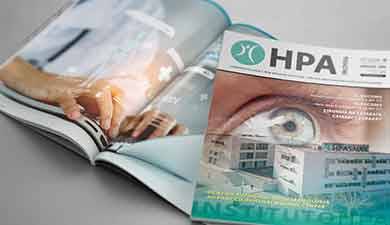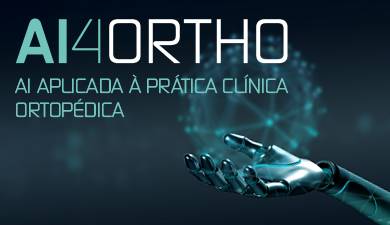Varicose Veins - Venous Dilations

Varicose veins are enlarged, elongated, and twisted veins located beneath the skin, easily identifiable due to their visibility, which differentiates them from spider veins, smaller vessels. Both of these conditions fall under the term Venous Dilations (Chronic Venous Disease). It is important to treat both to prevent them from progressing to more severe cases, to alleviate symptoms, or even for aesthetic reasons.
- Dr. Hugo Valentim
- Dra. Liliana Domingos
- Dr. Lourenço de Castro e Sousa
- Dr. Nelson Camacho
- Dr. Alexandre Luiz Aranha
- Dra. Liliana Domingos
- Dr. Ricardo André Correia
- Dr. Vítor Bettencourt
- Dra. Liliana Domingos
- Dr. Vítor Bettencourt
- Dr. José Frederico Aragão Morais
- Dr. Luis Diogo Alves Orelhas
- Dr. João Oliveira
- Dr. José França
- Dra. Lucília Nóbrega
- Dr. Nivaldo Nunes
- Dr. Roger Rodrigues
Hospital Particular do Algarve - Alvor
Hospital Particular do Algarve - Gambelas
Clínica Particular SIIPEMOR - S. Brás Alportel
Clínica Particular de Vilamoura
Clínica São Gonçalo de Lagos
Clínica Particular de Beja
Hospital Particular da Madeira
This disease involves dysfunction at the level of the valves and vein walls, compromising the upward blood flow. This leads to symptoms such as pain, fatigue, heaviness, cramps, swelling, tingling, and even itching. Symptoms typically worsen by the end of the day, especially in warm weather or when standing for long periods.
The appearance of a brownish color and different skin texture can signal the potential development of a venous ulcer, a condition that significantly impacts the patient’s quality of life, both psychologically and professionally.
The development of varicose veins is strongly influenced by heredity, but other factors also play a role. In women, pregnancy and the use of contraceptives can be contributing factors. In the general population, prolonged standing or sitting, especially with crossed legs, increases the risk. Body weight is also a significant factor, as is exposure to heat. Aging exacerbates the condition, making early diagnosis and treatment crucial.
Prevention is key to managing the onset and progression of this condition:
- Avoid standing or sitting for long periods, especially with crossed legs. It is important to move frequently and take walks.
- Regular exercise promotes muscle contraction and venous return, with activities like swimming, cycling, or dancing being particularly beneficial. Sports involving sudden movements, like tennis or basketball, should be avoided as they cause pressure changes in the veins, leading to dilation and reduced venous return.
- Hot environments should be avoided as they dilate the veins, while cold water baths can relieve pain and reduce the feeling of heavy legs.
- Constipation and excess weight increase venous blood pressure and should be prevented.
- Tight clothing can compress veins and hinder circulation, and wearing flat shoes or very high heels has the same effect. Opt for heels of 3-4 cm.
- Sleeping with your feet elevated (10-15 cm) and performing leg and foot movements before sleeping is recommended.
- Massaging the legs in the direction of venous return (from bottom to top) can provide relief.
To accurately diagnose varicose veins, a Doppler ultrasound is necessary. Minimally invasive techniques like thermal ablation using radiofrequency or laser and sclerotherapy have shown very good results. At HPA, radiofrequency treatment has been extensively developed.








